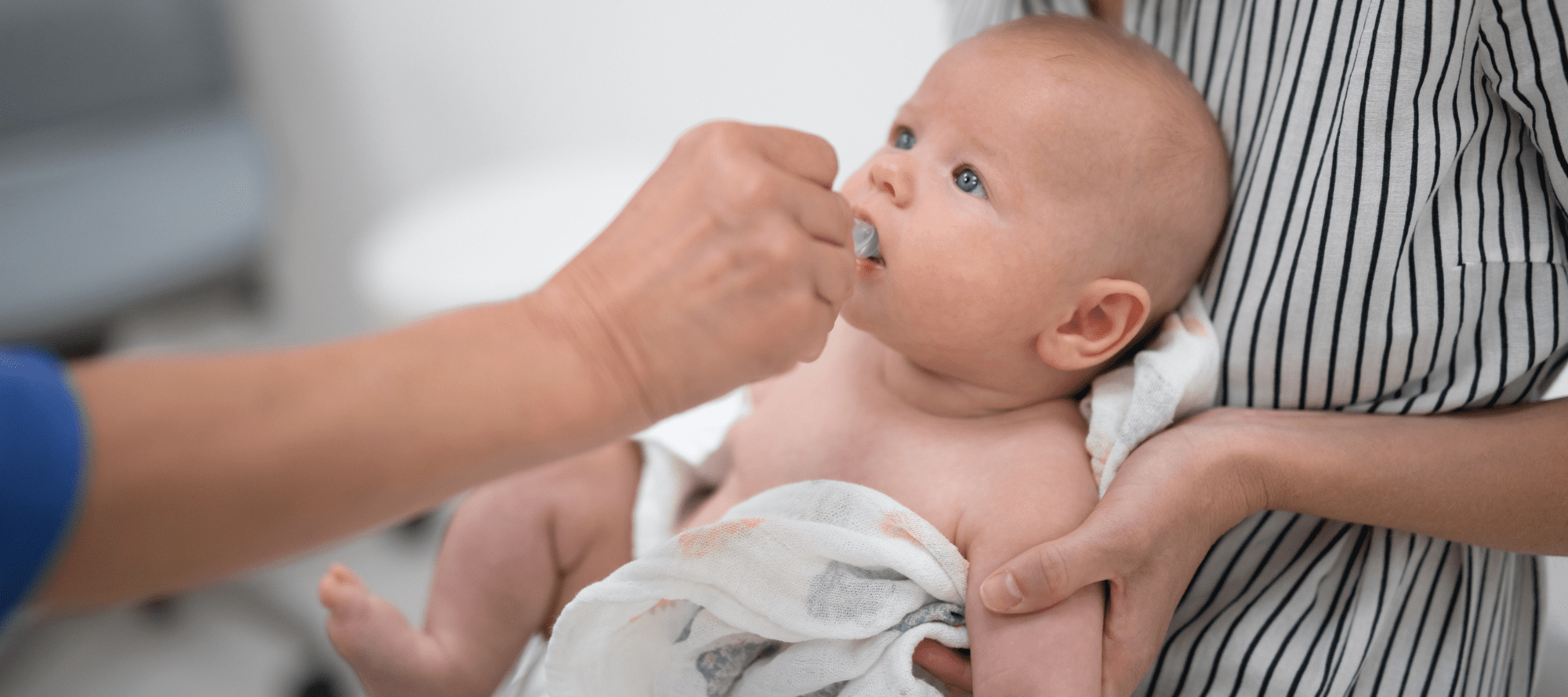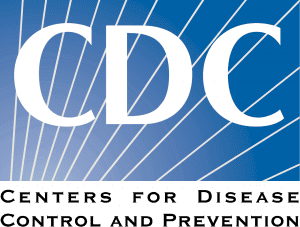- mRNA SARS-CoV-2 Vaccination Before vs During Pregnancy and Omicron Infection Among Infants
We need to look at this JAMA Pediatrics article carefully because their efficacy is for infection not disease. We read that in this national population-based cohort study of 7,292 infants aged 6 months or younger in Singapore, the estimated vaccine effectiveness in infants against Omicron SARS-CoV-2 variants, including XBB, from maternal messenger RNA (mRNA) SARS-COV-2 vaccination, was 42%. A lower risk of infection was only found in infants when the vaccine was administered during pregnancy. But let us put this data under a finer lens. Infants of mothers who received vaccination prior to pregnancy did not have a lower risk for infection (estimated VE, 15.4% [95% CI, −17.6% to 39.1%]). A lower risk for Omicron XBB infection was only observed among mothers vaccinated with the third (booster) dose antenatally (estimated VE, 76.7% [95% CI, 12.8% to 93.8%]). Still, some limitations that they acknowledge, such as any impact of breastfeeding, but this data is not available. - Extracting symptoms from free-text responses using ChatGPT among COVID-19 cases in Hong Kong
Published in CMI. Here they extracted symptoms from 300 de-identified symptom narratives of COVID-19 patients by a computer-based matching algorithm (the standard), and prompt engineering in ChatGPT. They report that GPT-4 achieved high specificity for all symptoms, high sensitivity for common symptoms, and moderate sensitivity for less common symptoms. - SARS-CoV-2 Virologic Rebound with Nirmatrelvir–Ritonavir Therapy: An Observational Study
This observational cohort study, published in Annals of Internal Medicine, looked at ambulatory adults with acute COVID-19 with and without use of N-R. In total, there were untreated persons (n = 55), and those taking N-R (n = 72). Compared with untreated persons (n = 55), those taking N-R (n = 72) were older (median age, 57 vs. 39 years; P < 0.001), and more often had immunosuppression (32% vs. 9%; P < 0.001). They clarify that by immunosuppressed, they include persons with a diagnosis of leukemia or lymphoma; those with a history of solid organ or bone marrow transplant; and those receiving immunosuppressive therapies, including corticosteroids, interferon-γ inhibitors, or cytotoxic therapies (for example, anti-cytokine therapies). Here, we are going to get information on clinical outcomes and viral kinetics.No one that got N-R died, and no reports of progression of disease in this high-risk cohort getting Paxlovid. They defined viral rebound as either 1) a positive SARS-CoV-2 viral culture result after a prior negative result, or 2) sustained elevated viral load, characterized by the combination of a nadir viral load below 4.0 log10 copies/mL followed by an increase in viral load that was at least 1.0 log10 copies/mL above the nadir, and 2 consecutive viral load results of 4.0 log10 copies/mL or higher. When the authors restricted their analysis to 3 time points based on viral load, as was done in prior trials, they detected a 2.4% rate of VR.
Applying their new definition and testing protocol, they checked everyone 3 times per week. A person can be asymptomatic, have started with a Ct value of on average 21.9 which is an RNA copy number of about 10 million and if they get up to an RNA copy number down to say 1,000 and it is 10,000 on a next test they will define this as rebound. The person on no treatment who stays above 1 million RNA copies 10^6 can’t have rebound because the viral RNA never drops. The majority of those reporting symptom rebound did not experience VR. That is very much consistent with week 2 being the early inflammatory phase. Only 8 of the people meeting their definition of VR had symptoms during this period. The authors state that they are worried that people who have this culturable virus are perhaps still contagious. The authors say they are trying to use viral culture as a surrogate for transmission risk suggesting that an RNA copy number of >10,000, so a Ct value of <31 corresponds to infectiousness.
- Evaluation of the Safety Profile and Therapeutic Efficacy of Remdesivir in Children with SARS-CoV-2 Infection – A Single-center, Retrospective, Cohort Study
In this study, published in the European Journal of Pediatric, remdesivir was administered to 64 children, 16 to treat severe or critical illness and 48 because of the presence of risk factors to prevent progression to severe COVID-19. In patients with mild disease and risk factors, the drug significantly reduced the risk of progression to severe disease. Among adverse events, only mild aminotransferase elevations were observed in 4 patients, but none of these required discontinuations of treatment. Conclusion: Remdesivir is a safe treatment option for children with COVID-19. - Effect of Neutralizing Monoclonal Antibody Treatment on Early Trajectories of Virologic and Immunologic Biomarkers in Patients Hospitalized With COVID-19
Background: While neutralizing monoclonal antibody (nmAb) treatments benefited outpatients with mild, early COVID-19, their impact in hospitalized patients have not shown consistently significant advantages over standard of care. The Therapeutics for Inpatients with COVID-19 (TICO) trial platform, sponsored by the US National Institutes of Health within the Accelerating COVID-19 Therapeutic Interventions and Vaccines (ACTIV) program, conducted 4 international, blinded, randomized, placebo-controlled trials of nmAbs in hospitalized patients with COVID-19 receiving standard of care. This study, published in JID, reports measurement of plasma N-Ag at baseline and on days 1, 3, and 5 of follow-up, together with anti-nucleocapsid antibodies (anti-N Ab), anti-S Ab neutralizing activity, C-reactive protein (CRP), interleukin 6 (IL-6), and D-dimer. Between 5 August 2020 and 30 September 2021, TICO/ACTIV-3 trials enrolled 2254 hospitalized adult patients with laboratory-confirmed severe acute respiratory syndrome coronavirus 2 (SARS-CoV-2) infection, symptoms for ≤12 days. These trials evaluated the nmAbs bamlanivimab (Eli Lilly and Company) between August and October 2020 , sotrovimab (Vir Biotechnology and GlaxoSmithKline) between December 2020 and March 2021, amubarvimab-romlusevimab (Brii Biosciences) between December 2020 and March 2021, and tixagevimab-cilgavimab (AstraZeneca) between February and September 2021. The median duration from symptom onset to enrollment was 8 days (IQR, 6–10), and 74.3% of participants required oxygen supplementation at the time of enrollment. Administration of nmAb did not mitigate the endogenous immune response reflected by anti-N Ab levels over time, a concern that has previously been raised about nmAbs directed towards the SARS-CoV-2 spike protein and they did not observe blunting of the endogenous humoral response or difference in the inflammatory response. The authors suggest that their findings raise the possibility that nmAb treatment is ineffective because inflammation is the primary driver of disease progression in COVID-19 patients in need of hospitalization
Situation Dashboards

World Health Organization (WHO)

Johns Hopkins University (JHU)

COVID-19 in US and Canada






